Ken Stokes and David Robson take their Nord NC500 power amps for the latestupgrade using the newly available Nord REV D Buffer Boards as used in their MKII Amp with 2590/990 package Sparkos and Sonic Imagery op-amps to compare and contrast the merits of each. The complete upgrade board with Op Amps are £712.80 with Sonic Imagery 990’s and £658.80 with Sparkos 2590’s including VAT. Extra OP Amps are: Sparkos£60 each and SI990 £73.80.
INTRODUCTION
By David Robson
I was first introduced to the Nord brand with my good friend Ken Stokes on a visit to the North West Audio Show at Cranage Hall (Holmes Chapel) a couple of years ago. We met Colin North, the owner and designer of Nord amplifiers. Ken acquired a Nord NC500SE not long after and I an early Mk1 Nord NC500 in a 3/4 sized case, both these amps being twin mono design (one case containing two separate monoblock units). Having now owned my Nord NC500 Class D amplifier for about a year I’ve come to appreciate the quality and level Class D amplification is achieving with continued improvements and upgrades.
Ken recently contacted me to say there was an upgrade available for our amplifiers. This being a new upgraded modular replacement input buffer board. An internal board upgrade available either as a DIY upgrade or if preferred available by returning to Nord for in-house modification. This upgrade is available for fitting to Nord NC500’s fitted with either the standard input buffer board (no optional op-amp choice) or Rev-C board (optional choice of dual discrete op-amps).
Ken and I chose to go ahead with these upgrades, we contacted Colin North at Nord and as soon as was practical had 4 Rev-D boards dispatched (1 pair for each of our amps). As Colin is offering a choice of op-amps for these new Rev-D boards we decided to try both options available for comparison. Each Rev-D board requires two of the newly available pro grade 6 pin op amps. We therefore asked for one pair of boards pre-fitted with the Sparkos Labs SS2590 and the other pair of Rev-D boards pre-fitted with the Sonic Imagery 990EnH.
Ken was to get the honour of first chance using the new Rev-D boards and corresponding new op-amps and as is usual, giving each set of boards and op-amps some burn in time. I was to join Ken two weeks later with my early case NC500 amplifier. The plan being to compare new upgrade options against my Rev-C fitted board and as best we could conduct A/B tests against the various options available. We had a plan!
CONSTRUCTION
By Ken Stokes
So what do you get ‘in the box’ with the DIY option (or inside your amp if a back to base upgrade), what is the actual physical construction like, is fitting difficult and why does this upgrade differ from previous units? I will try to cover question by question.
We may be stating the obvious, but you should receive two Rev-D input buffer boards for each of the mono boards. Mine were extremely well wrapped and packaged and arrived promptly. Perhaps it is worth saying to save disappointment, you will need to specify x2 in qty on the Nord website, this is because they are sold singly to enable those with multi-channel setups to order as many as they need. The boards will be pre-fitted with the 6 pin op-amps you chose on ordering. So far as appearance, these boards looked robust and very neat to me. That was certainly borne out when I fitted them. Because I was experimenting; running in two amp sets of boards and two amp sets of op amps I removed and fitted more times than anyone else is likely to or should ever need. Our boards received thorough fitting and handling testing! If they had been easy to break I’m sure, with my usual determination I’d have found a way, but that didn’t prove the case.
Naturally care is needed when fitting, but note, surgical precision is not essential, nor is soldering. Should any readers happen to be surgeons I wouldn’t expect you to have much difficulty though! Some components on the boards are by nature small so care is needed. However, I did, as mentioned, find these boards robust enough to cope with exposure to my handling. Key here is don’t force anything, use gentle pressure and take your time… and did I mention do not force anything! All the connections are push fitting, unique fit and only fit if orientated the correct way so please do check.
A few tips I would offer – good lighting helps and a head torch or anglepoise type light is beneficial. I set out all components on a white towel prior to starting my surgery so as not to lose anything. As I said, surgical precision not needed, but I did enjoy a nice glass of Chianti while operating… I used a towel on my work surface so that small screws or ‘bits’ didn’t end up on my Welsh slate floor, thus providing me with endless hours of fun searching for them. Grrr, I will say I learn by experience… You will need a very small Philips type screwdriver (to remove screws in the amplifier case lid), a small hex Allen key socket set or Allen key (3/32 for two hex Allen key grub bolts that hold the boards in place). If (unlikely) you have any issue with these Allen bolts not lining up with the supporting pillar after inserting new boards, slacken off the grub screw (from under the case) that holds the pillar. This allows movement. I had this happen once, but the issue is easy to resolve and is only about minor adjustment.
Colin North does provide instruction for fitting. DIY is not the only option. Return to base is also an option if you don’t want to undertake DIY, remember help is available.


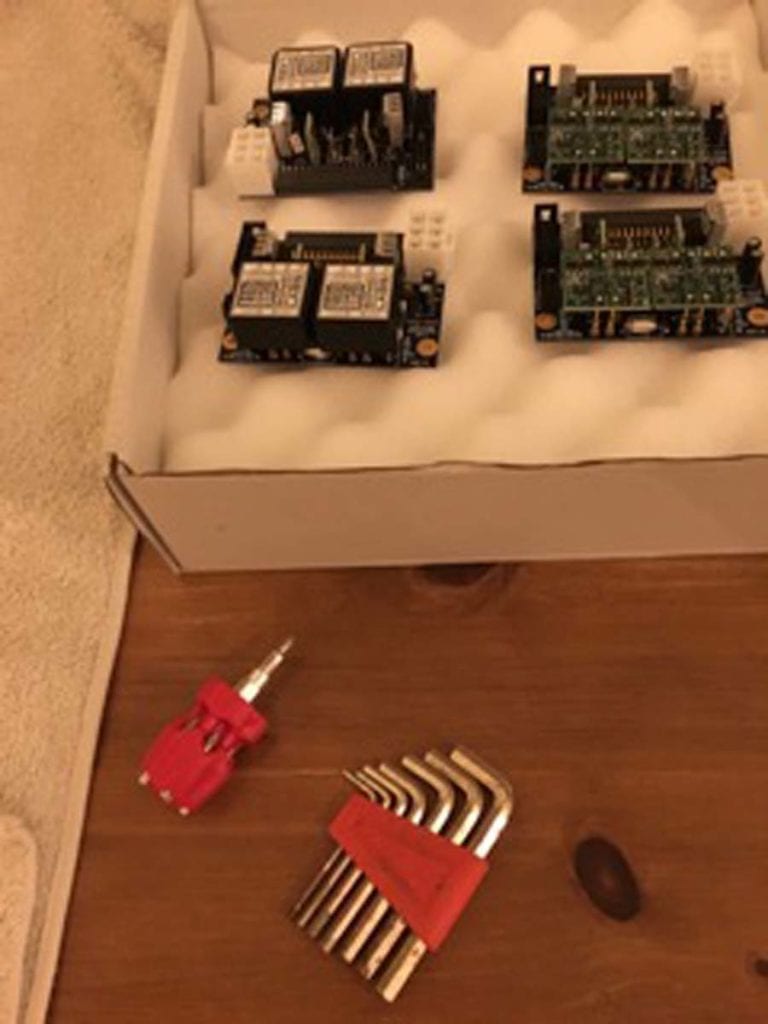
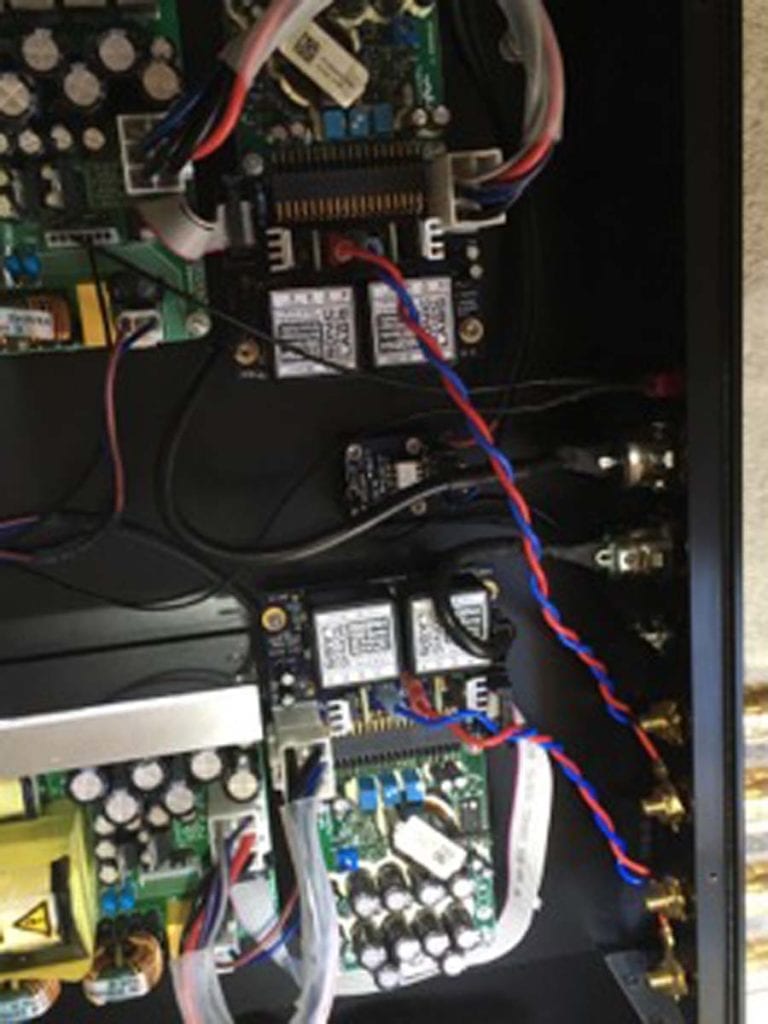
As already mentioned, these boards do offer more options with a choice of op-amps that can be fitted than the Rev-C boards. These boards enable retrofitting of the 8 pin dual discrete op-amps as used in the Rev-C input buffer boards, in addition to and crucially, also allow fitting of much higher current draw class A pro-grade single op amps. Each board takes 2 of these single pro-grade op-amps. Some modifications to boards have been made that are obvious on viewing, the voltage regulators – due to increased current draw now have heat sinks fitted. Also, I understand some care has been given to revisiting the components fitted to ensure electrolyte capacity rates are optimised. The main gain though is this greater opportunity for a wider choice of higher quality studio standard op-amps. I do know after talking with Colin North that a good deal of thought and testing was undertaken regarding the choice of op amps offered. I understand the design brief was to take advantage of the larger 2590 and 990 packaged op-amps designed specifically for audio performance and used in pro-audio gear and mixing and mastering desks in studios. At this stage I will keep my comments to saying whatever the technical merits, the differences do show! Changing op-amps can and will make some dramatic differences to the audio timbre of your Nord.
SOUND QUALITY
By Ken Stokes
Before I express thoughts on the merits of changes that can now be achieved with the Rev-d input board upgrade, I will quickly recap on past options. This is simply to put context to changes and the journey readers might expect from this upgrade. As we know the Rev-C board fitted NC500’s were offered with a choice of either the dual discrete Sparkos labs SS3602 or dual discrete Sonic Imagery 994. Preference varied, the Sparkos option was considered the warmer op-amp with a more pronounced bass delivery than the Sonic Imagery offering, but for lovers of detail, the Sonic Imagery was generally the op-amp of choice. For what it is worth I preferred the Sparkos Rev-C option as I found the Sonic Imagery option a little sterile with my kit.
So what is new? I realized, of course, that judgment ‘straight out of the box’ is dangerous, but because I was drawn to the light, I did, of course, have to try. Following initial installation, with the Sparkos labs SS2590’s pre-fitted Rev-D boards, I was very pleasantly surprised. Colin North did tell me that each time the amp is powered up it takes a little time for these op-amps to hit optimal running temperatures. However, right from first track with Bob Marley’s Kaya it was noticeable that quality bass was creating a substantial foot stomping vibe! It was also obvious detail was significantly improved. Overall I liked what I heard.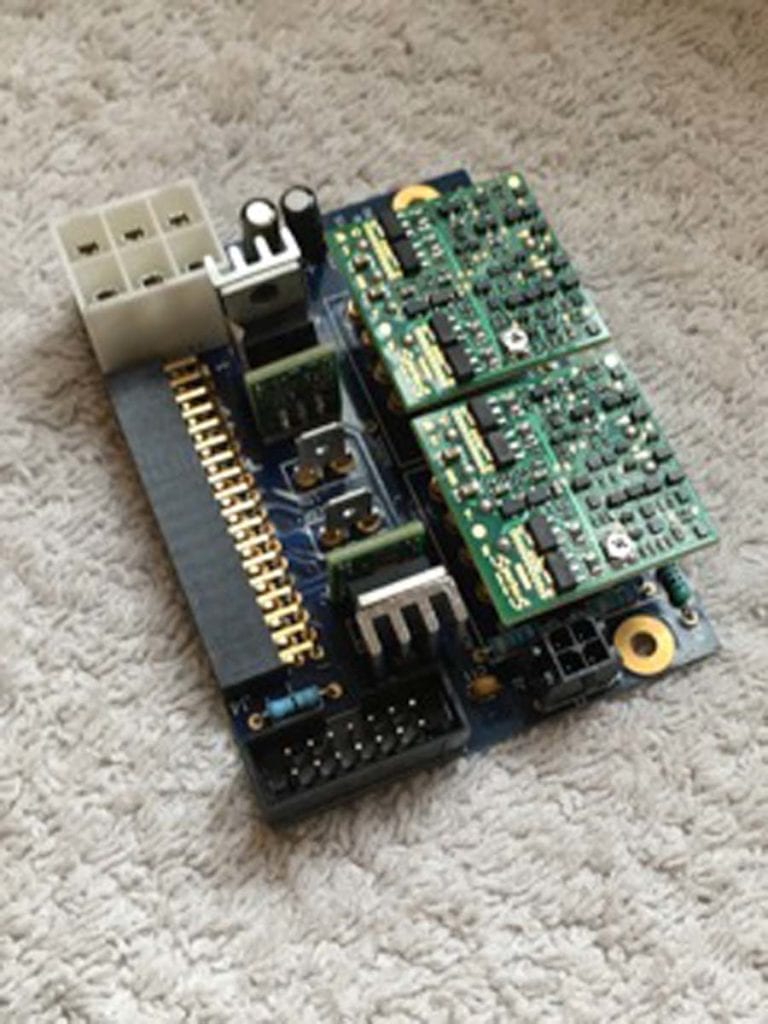
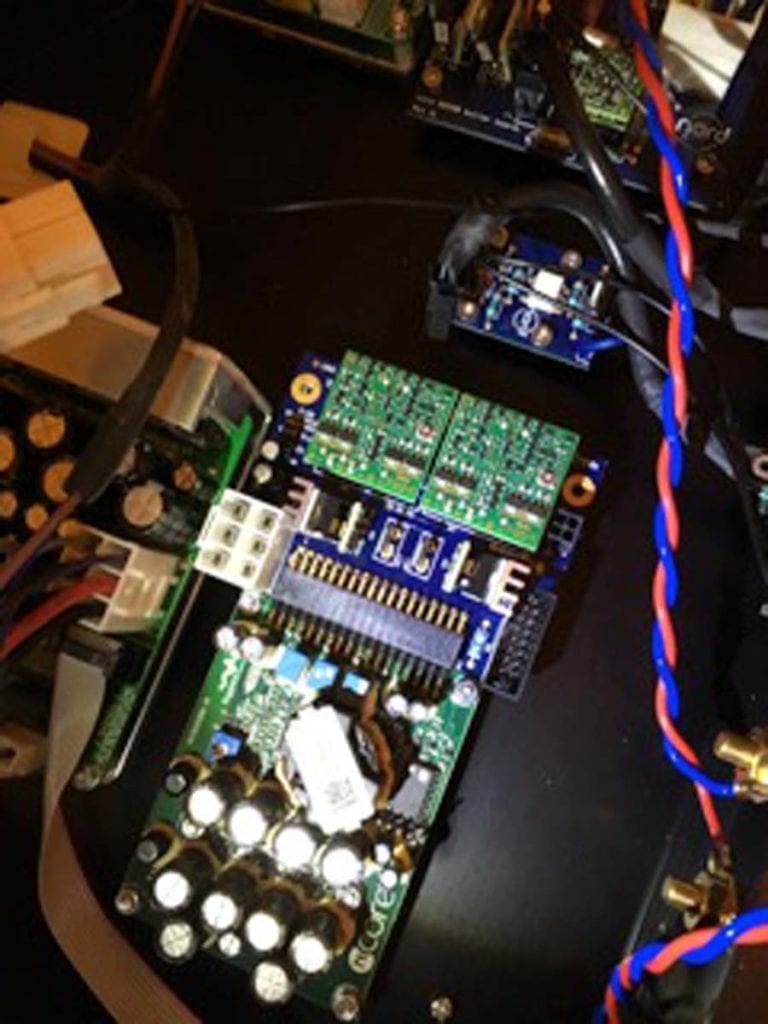
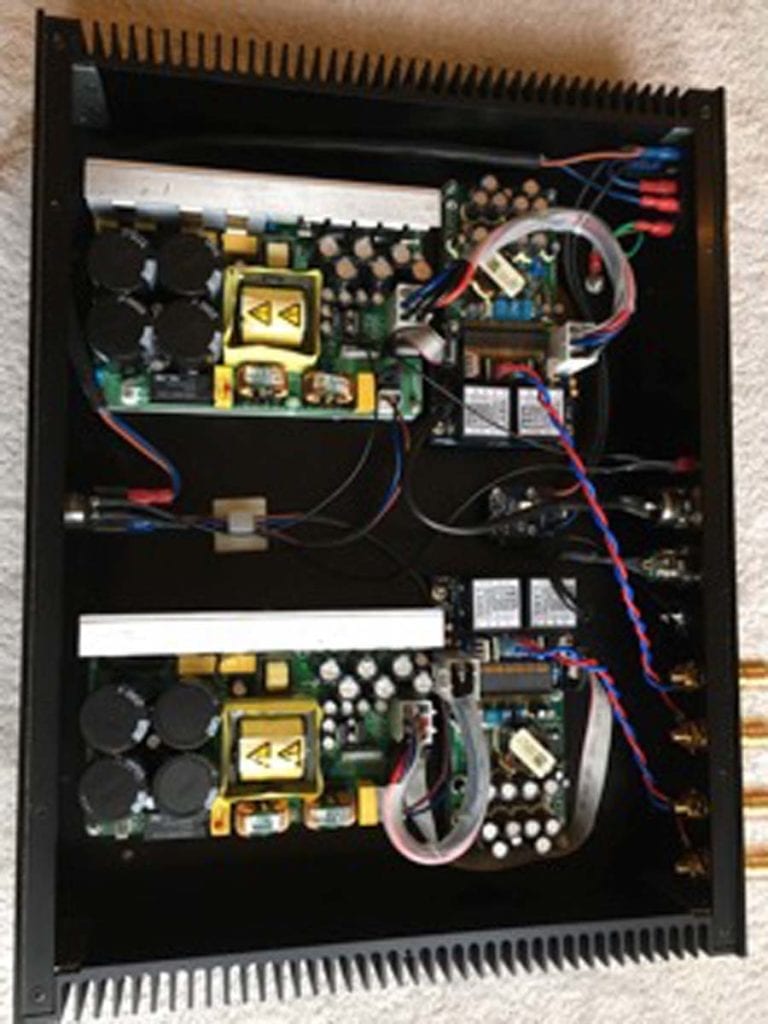
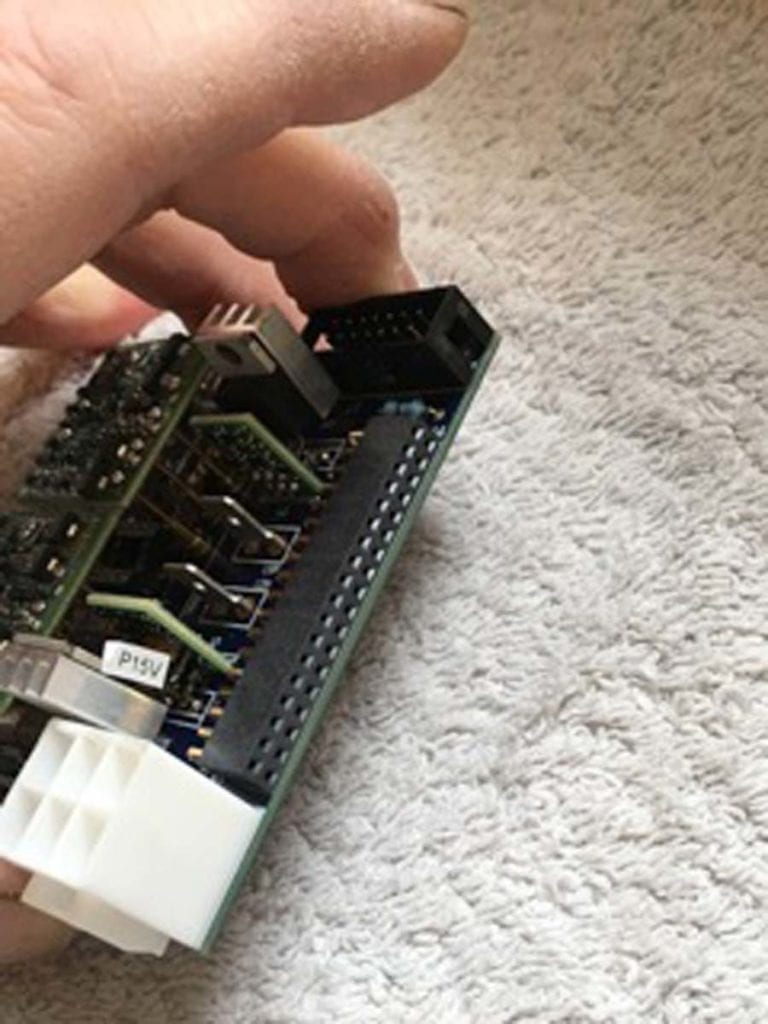
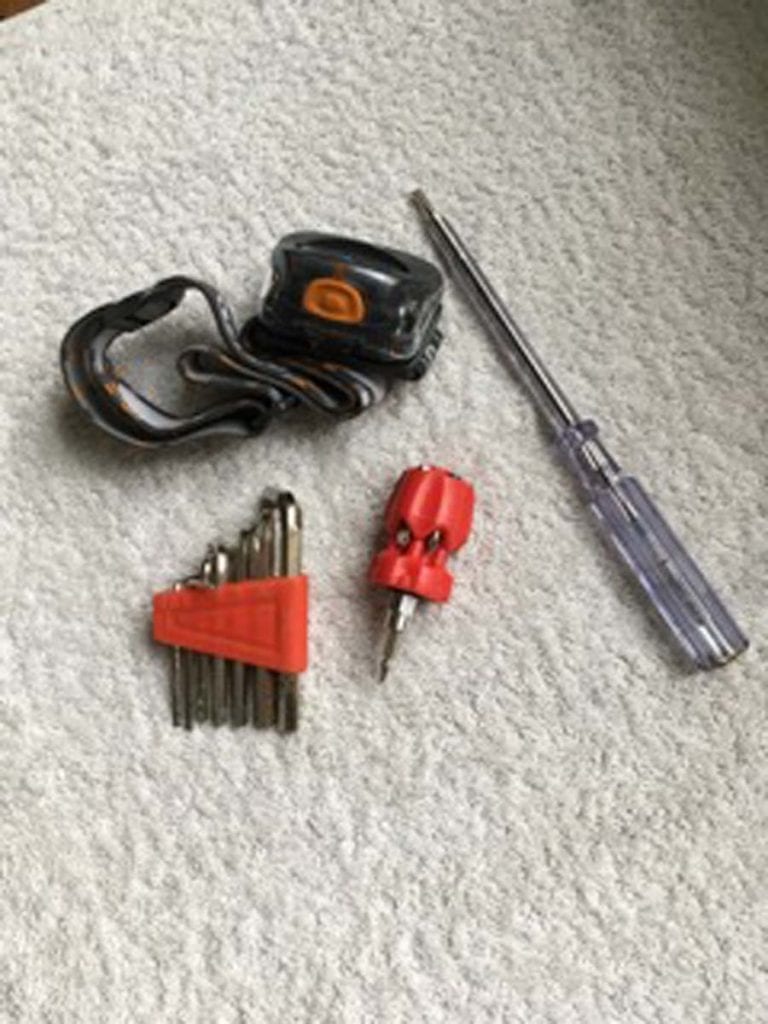
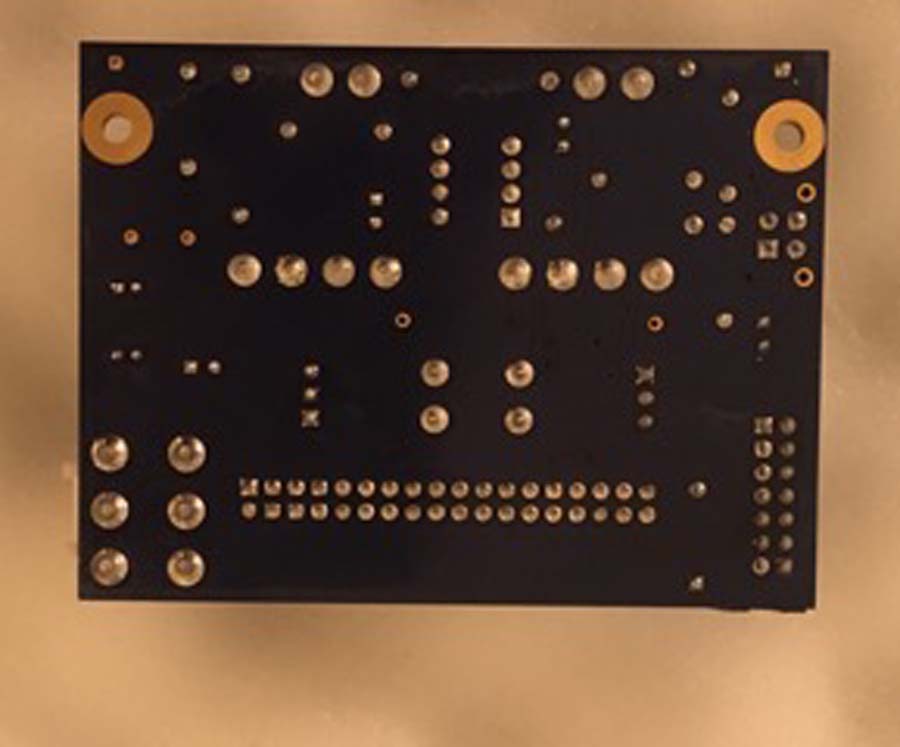
I lived with the Sparkos Labs offering for the following five days. I have no hesitation in saying I found the bass absolutely astonishing; levels of detail were also a revelation. However, with my ears and in my system, I did start to find the top-end a little forward for my taste. I had played lots of albums dipping in and out of various musical genres. I decided to ‘return to base’ and did a retro test on my Sparkos Labs dual discrete op-amps (fitted in the new Rev-D board to check the retrofit in these new boards). This really was like putting a well-worn pair of slippers back on. Comfy and easy. There was I’m afraid no turning back now.
So onwards and next up the new Sonic Imagery 990EnH fitted Rev-D boards. Again I knew early judgment was foolish, but again if only to be able to report back I just had to. Out of the box, my initial impression was frankly very misleading. I sat down and literally thought ‘what is the difference between this and my old Rev-C board with dual discrete Sparkos fitted’. Sounds crazy now and although I know these op-amps do need a little time to run up to temp’, it seems there was a bigger difference for me from start-up to warmed up performance with the Sonic Imagery 990EnH. Two hours later I was absolutely mesmerized. I couldn’t get enough. Although I found that the bass was maybe not quite as fast as the Sparkos there is absolutely no shortage of clout and bottom end thud. Kick drums felt very real and over the bass range there is clarity and real punch. The Sparkos 2590’s weren’t bloated, neither are the Sonic Imagery. Both offer very good tight bass that digs deep and offers oodles of detail. I also found these Sonic Imagery op-amps, like the Sparkos, to have detail in abundance across the whole frequency range. However, I didn’t find the top-end of the Sonic Imagery 990EnH to be as forward as the Sparkos, but note, still a much crisper and vibrant ‘top’ than my prior set up with Rev-C boards.
I don’t doubt some may prefer that slightly different sonic character of the Sparkos. Some may well have systems that benefit from a slightly different balance across the range. Both sets of these new op-amps are pretty close in character and in many ways I think fair to say neither are a bad choice. However, it was clear to me even at this stage that the Sonic Imagery 990EnH were a better fit for me, my ears and my rig.
I played a huge range of music to get a feel of what was happening with these new Rev-D boards. I gave both sets of new op-amps a good run in and trial. I know it’s customary in sound quality reviews to talk about the music played and effect and thus far I haven’t. I will say though that I like a broad range of genre’s and over the weeks played music encompassing lots of my favorites. Some notable albums used for my listening tests were; John Martyn’s Church With One Bell (chosen for testing bass, especially on The Sky is Crying), Nick Drake Pink Moon (chosen for vocals and the stripped-down recordings), Jan Garbarak ‘sRites (for complex layered instrumentation), Malia / Boris Blank Convergence ( for electro, vocals and layering), Ian Drury’s New Boots and Panties (a slightly leaner recording) and Neil Young’s Massey Hall 1971 (for live ambience, soundstage and vocals).
I think the simplest thing I can say is perhaps that nothing suffered, even albums I know to be a bit lean and harsh (and frankly not great recordings) were no less listenable as than before, and in most cases more actually more ‘listenable’. All had increased presence; lots, and I do mean lots more clarity and detail, but without any sense of fatigue or harshness and all portraying a bigger perceived soundstage too. The whole room now feels more alive. The Neil Young Massey Hall recording left me wanting to stare at audience members making unwarranted noise in the room… Everything felt and sounded, simply put, more real. For the first time ever I noted a slightly harsh element to Young’s voice when really straining on a couple of tracks, not a fault, simply an observation about the increased detail and sense of realism – Neil Young can sound a bit harsh. I’ve heard Neil Young live and that new revelation is as I remember him live.
In my view this change of boards and switch to pro-grade op-amps is a huge upgrade. I simply can’t praise it enough!
I knew David was in for a treat when he arrived.
SOUND QUALITY
By David Robson
After a nice cup of Yorkshire tea, I started listening to Ken’s set up with the new Rev-D boards fitted with the Sonic imagery Op Amps. I hadn’t heard Ken’s kit for a while, but both Ken and I have very similar tastes in music and presentation. Ken’s set-up is similar to mine in the fact we both use a separate Pre Amp/Dac/Transport as our main source. The previous incarnation of the amp with Rev-C / 8 pin Sparkos was a great sound for me, and gave me everything I wanted from an amplifier; grip, control and detail with a lush tight bass. This was what I liked. My smallish listening space at home limits how much bass I can have as too easily I can be overcome with reverberation and loss of focus. This I understand isn’t the Hifi’s fault but my room.
At Ken’s the impact of the new amp set-up with the Rev-D boards and Sonic Imagery op-amps was enlightening and immediate. Soundstage was wide and deep and you felt inside the music bubble with that 3D spatial awareness that instruments and sound effects were not only left and right of the centre of the Hifi, but also around your head and enveloping your listening position. This “opened” out listening experience allows you to focus on an exact instrument in isolation – if it’s a guitar then the detail of fingers hitting the strings and the vibration of the lower frequencies, the buzz and texture is just so more apparent. If it’s a set of drums then each hit of the sticks and thump of a drum has a feeling of reality and believability and not just a sound “like drums”. A recent find of mine “Cross Border Blues” by Segal, Kennedy and Miltau, has harmonica and cello playing predominantly throughout. The workings on the breaths of the harmonica and the bow drawing on the strings where just mind blowing for me. I’ve only ever heard this level at shows with some seriously expensive set-ups that exhibitors have got just right! The top-end and high frequencies are not too sharp or bright, a trait which is sometimes levelled at D Class amplification, if anything it is quite rounded and earthy. The mid-range detail was astonishing and in another league from whence I came. Detail, tiny bits of recorded information invisible before could now be heard. I swapped out Ken’s speakers for my own Wilson Benesch Arcs, the same sounds and presentations where borne out with my speakers and I was happy with what I was hearing.
We swapped out the Sonic Imagery Op amps for the Sparkos Rev-D offering and put Ken’s Vienna Acoustics Baby Beethoven Grand SE speakers back and left the amp to warm up again – the Sparkos had been used before and were run in. My initial thoughts were more bass, a slightly deeper and chunky affair, but everything else seemed quite similar to the previous set up, the same qualities of sounds and the same jump in overall sound quality over the standard Nord NC500. I was quite taken by these new Sparkos op-amps for about 30 minutes, then quite strangely I noticed a slight hardening to the higher frequencies as these op-amps warmed to running temperature. The only way I can explain what I heard was that the sounds of say cymbals that came across quite crisp and “brassy” before where now fuzzy, and wrinkled. A tinfoil sheen to something that was once sharp and realistic. Other aspects of the music where absolutely fine. I did feel that the added bass could be an issue in my personal set-up at home as we demonstrated with John Martyn’s “Church With One Bell” CD. The low frequencies played out from that CD certainly tests your speakers and room acoustics.
My conclusion from the swaps and listening sessions over the day with these new Rev-D op amp choices put the Sonic Imagery in quite a lead over the Sparkos, and that was, unsurprisingly the set up I had decided to return home with!
CONCLUSION
By Ken Stokes
Over the two weeks prior to David arriving with his NC500 for upgrading I had plenty of time to give both sets of boards a bit of run time and both sets of op-amps their chance. I knew I would be able to revisit the Sparkos during the demo for David, but still fitted a few more hours run time in for them anyway. I was though hooked, well and truly, line as well as sinker, on the Sonic Imagery 990EnH. I do think it fair to say the differences between the new op-amp choices with the Rev D boards are not enormous, both are very good, it just seemed that the Sonic Imagery just fit my taste and kit and of course that proved to be the case for David Robson too. In our opinion both sets of the new op-amps available offer a huge step up from the dual discrete op-amps used in the Rev-C boards. Choose your expletives because frankly I could wax lyrical for a lot longer. I’m still pinching myself every time I turn my system on and it’s now a month since I started this journey. I know David feels the same. As we both agree on the outcome of this upgrade I’m going to cover our conclusions for both of us with david’s blessing.
We have not been shy about preference, the Sonic Imagery 990EnH are our choice, we find these op-amps to have a slightly smoother top-end than the Sparkos 2590, but still with lots of sparkle, absolutely fantastic levels of detail through the whole frequency range and an overall depth and timbre that, with quality recordings, simply becomes breathtakingly real. I’m pretty sensitive to clinical or fatiguing systems, but neither of us found the results harsh or irritating, even though detail is seriously elevated over and above the Rev-C boards fitted with our prior Sparkos dual discrete op-amps. The new Sparkos are still a good choice and I can understand why Colin is offering them. Sadly for both of us, despite that absolutely astonishing bass, we both found something a little fatiguing with the top-end. We both noted the sheer clout; speed and detail of bass on offer with the new Sparkos option, but David was concerned this might be a little too much in his listening space.
AT A GLANCE
Build Quality: Robust and does exactly what it says it should. Once I understood how the components fitted a straightforward installation. KS
Ease of Fitting: Process took me approx 30 minutes and that was taking my time. I understand literally hundreds of these new boards have now been sold with only a few minor issues, all rectified quickly by Nord. KS
Sound Quality: Once run in and warmed up was I was mesmerized. Breathtaking. I would describe as a very significant step up. KS
This is a great way to upgrade your Nord power amplifier for minimal cost. Bringing you a fair way up the Hifi ladder. A serious jump up in sound quality, not only in detail but also in overall presentation. This upgrade will take you up to a level where you would have to spend a far greater amount of money to better what you have here. DR
Value for money: Not cheap, especially considering initial outlay for a Nord NC500, but I know from discussion with Colin at Nord some of the components are not cheap. Op-amps per board, base price for cheapest, run to over £100. However, using my pound for sound meter, still worth every penny. KS
The cumulative prices for the old amp and the upgrade kit is a no brainer on my par – the for the extra outlay and an hour of your time, this level of amplification is hard to achieve for the same money in my opinion. DR
Pros: Already an amp that punched above weight, this upgrade takes the Nord NC500 to a position that really does belie its price-point, compares to amps I’ve heard at dizzy prices. KS
Hitting the high-end sound quality levels. DR
Cons: Other than initial outlay, no, I’m seriously struggling to find fault. KS
Nothing. DR
Review by
David Robson & Ken Stokes
Review equipment:
David Robson – Mytek Brooklyn Pre/dac, (with Sbooster linear power supply), Nord NC500 Power Amp, Oppo UDP 205 (used as Transport). Wilson Benesch Arc Speakers. Chord Shawline Digital Coax. Black Cat Redline Tube Speaker Cable.
Ken Stokes – Benchmark Dac3, Nord NC500SE Power Amp, Roksan Caspian M2 CD player (transport only), Vienna Acoustics Beethoven Baby Grand SE Speakers, Chord Epic Digital Coax, Tellurium Q Black XLR interconnects, Black Rhodium Samba Speaker Cable (BR locking bananas / Oyaide Spades), Belden DIY Screened Mains Cables
























































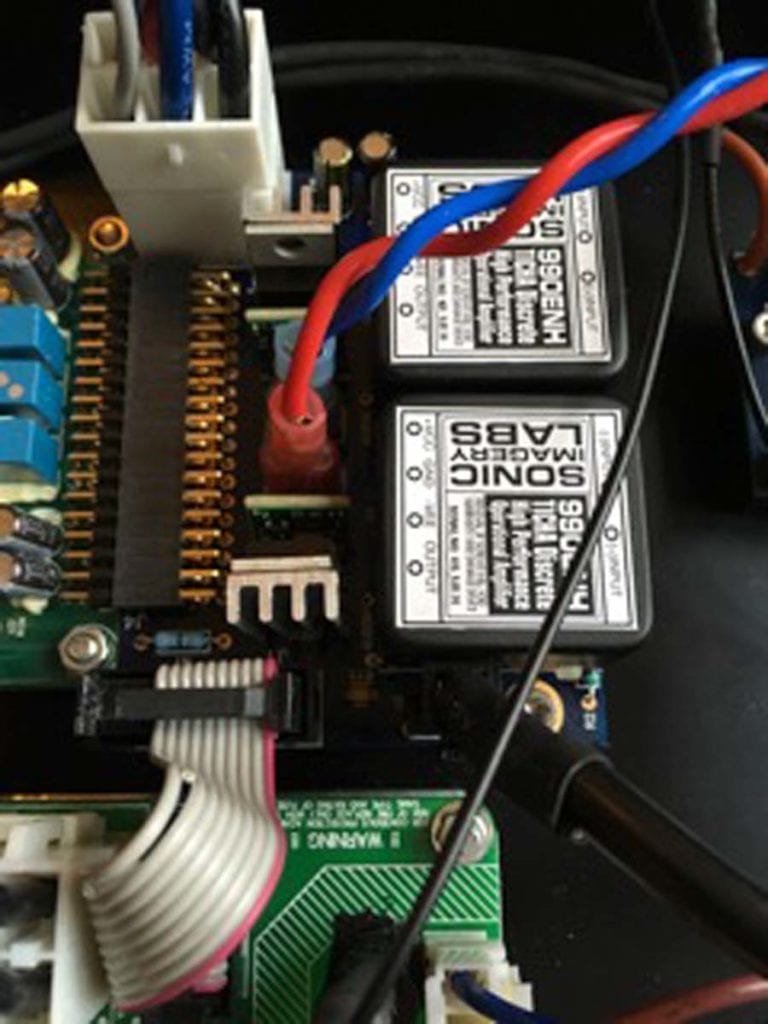
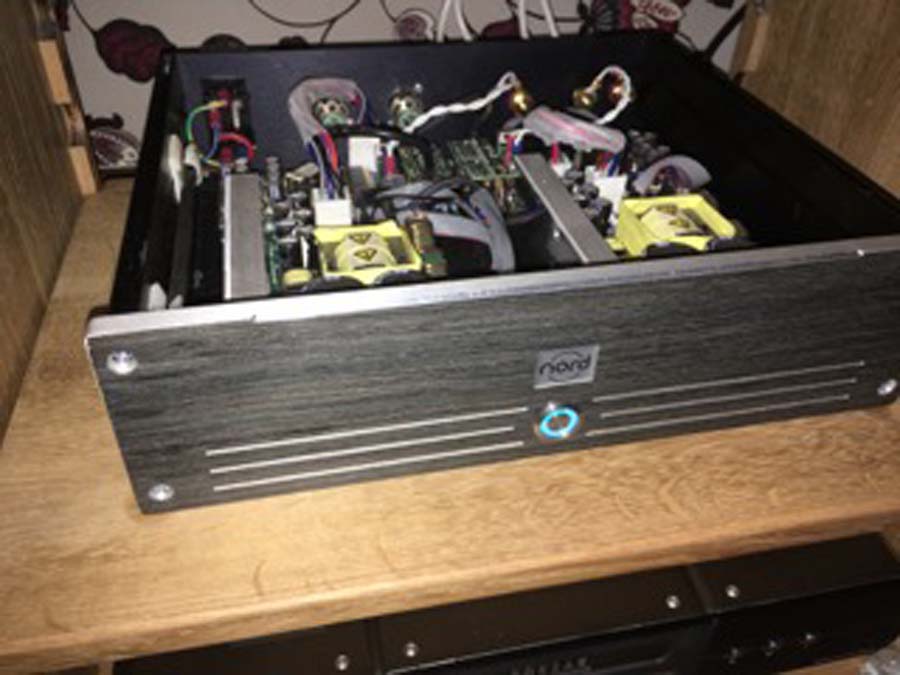




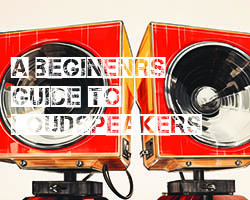


























































































































































You must be logged in to leave a reply.